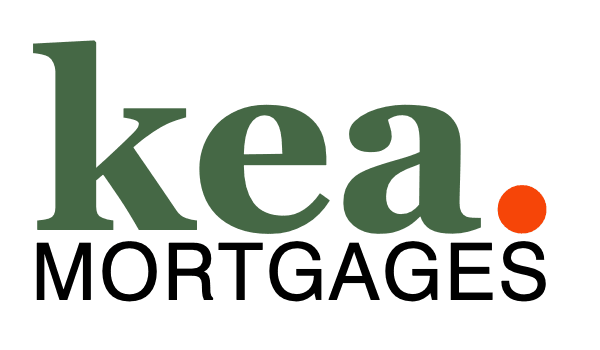Chapter 1: there was agreement on 22 May to keep a tight hold on the economy with the OCR remaining at 5.50% to get inflation back on track, considering different economic growth rates worldwide and the ongoing high cost of living in New Zealand.
Chapter 2: New Zealand’s economy is under strain from high borrowing costs, leading to less spending and slower economic growth than desired. Cost of living may still rise due to global issues and a falling New Zealand dollar.
Chapter 3: Worldwide economic growth is slower than usual but holding up, with New Zealand’s main trading partners expected to see a slight slowdown in 2024.
Chapter 4: The inflation for goods and services that aren’t sold overseas remains high in New Zealand but should start to decrease as people spend less, especially in housing and building.
Chapter 5: It’s become a bit easier financially in New Zealand, with lower rates for mortgages and savings, and wholesale rates dropping. This reflects expectations that the official cash rate might be cut, now making the gap between long-term and short-term rates smaller.
Chapter 6: The country’s economic activity and job market have weakened, yet the cost of living has gone up unexpectedly. This means interest rates will likely stay high for a longer period, with the aim of stabilizing prices by mid-2026.
Source: www.rbnz.govt.nz
TAGS
Reserve Bank Policy Statement Summary 22 May 2024
June 3, 2024



